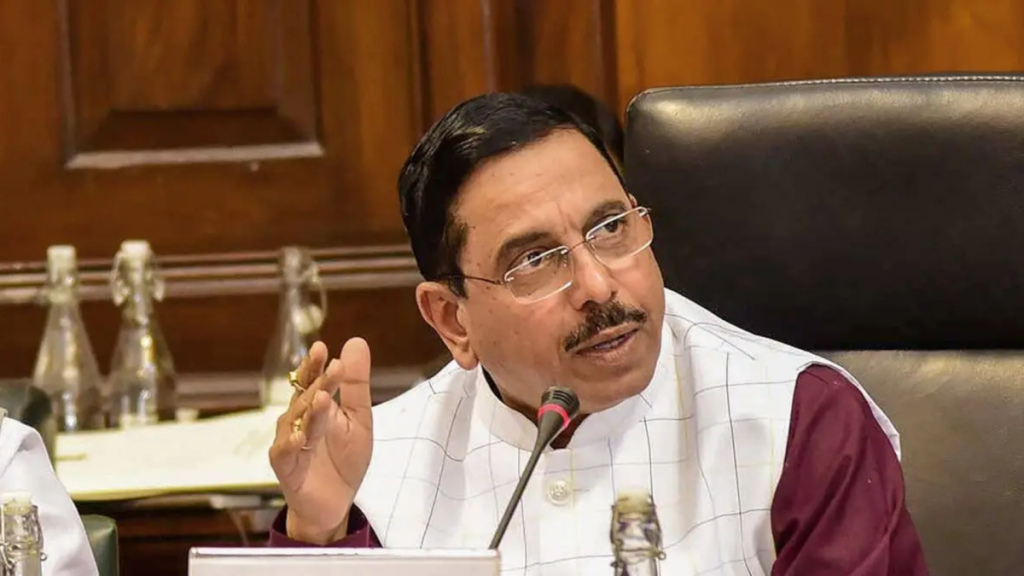Context:
Recently, the India Sugar and Bio-Energy Conference was held in which it was emphasized that India has become the third largest producer as well as consumer of ethanol globally.
More on the News:
- Additionally, it was noted that farmers are transitioning from being “Anna Dattas” (providers of food) to “Urja Dattas” (providers of energy), reflecting their crucial role in renewable energy production.
- Under the Ethanol Blended Petrol (EBP) Programme, ethanol sales have significantly increased revenue for sugar mills while reducing greenhouse gas emissions.
India’s Remarkable Ethanol Blending Progress:
- India’s ethanol blending program has saved US$ 11.80 billion (Rs. 99000 crores) in foreign exchange since 2014,
- India has been able to substitute 17.3 million metric tonnes of crude oil imports since 2014 by blending ethanol in fuel.
- Carbon emissions reduction: The use of ethanol in fuel has reduced carbon emissions by 51.9 million metric tonnes over the past decade.
- Ethanol blending targets: The government has set a target of 20% ethanol blending by the Ethanol Supply Year (ESY) 2025-26.
- Ethanol fuel types: The government has introduced E20 petrol, which contains 20% ethanol, and E100 fuel, which contains 93-93.5% ethanol.
- Ethanol production support: The government has paid Rs 1.45 trillion to distillers and Rs 87,558 crore to farmers since 2014.
About Ethanol
- Ethanol or ethyl alcohol (C2H5OH) can be produced from sugarcane, maize and wheat, which have high starch content.
- Ethanol can be blended with gasoline to enhance combustion efficiency due to its oxygen content, leading to fewer emissions.
- This results in reduced environmental pollution and a cleaner fuel option for vehicles.
- Since ethanol is produced from plants that harness the power of the sun, ethanol is also considered a renewable fuel.
Ethanol Blended Petrol (EBP) Programme :
- It was launched in January 2003 to promote the use of alternative and environment-friendly fuels and to reduce dependence on imports for energy needs.
- The initiative aims to blend ethanol with petrol to reduce fossil fuel dependency and cut emissions.
- In 2006, The Ministry of Petroleum & Natural Gas directed the Oil Marketing Companies (OMCs) to sell 5% Ethanol Blended Petrol subject to commercial viability as per Bureau of Indian Standards (BIS) specifications.
- The Government has a 10% blending target (E10) for mixing ethanol with petrol by 2021-22 and a 20% blending target (E20) by 2025-26.
Farmer-Centric Policies:
- Last 10 years, the area of sugarcane cultivation increased by about 18% while sugarcane production has increased by 40%.
- There is ongoing support for farmers through policies like the Minimum Selling Price (MSP) for sugar, which was introduced in 2018.
- The Introduction of MSP has helped eliminate nearly 99% of the cane dues out of Rs. 1.14 Lakh crores being paid to farmers, ensuring their financial stability and encouraging further investment in sugarcane cultivation.
Collaboration with Brazil:
- India’s position as the second-largest producer of sugarcane globally opens avenues for collaboration with Brazil (largest producer of sugarcane) in biofuel production.
- It is suggested that both nations could work together on developing technologies for biofuels like ethanol and biodiesel, which would enhance energy security and sustainability.
- There are also immense potential opportunities in the areas of bio-energy, 2G & 3G ethanol, green hydrogen and bio-plastics

